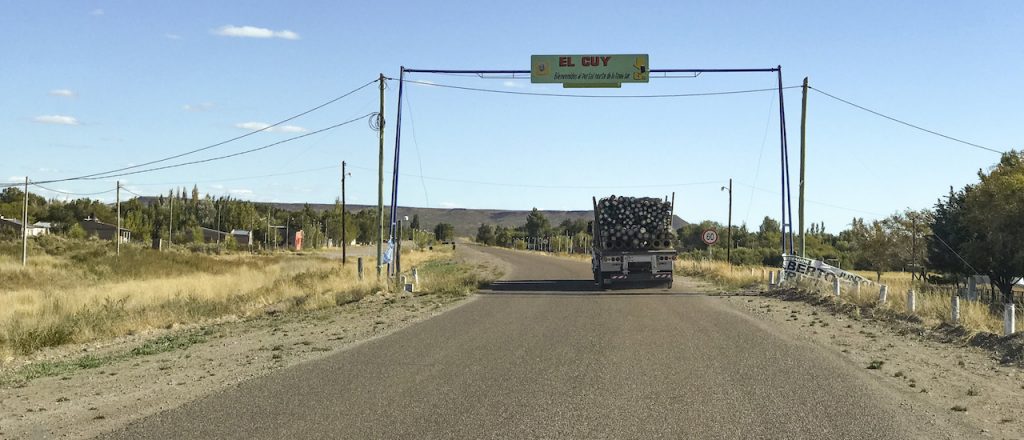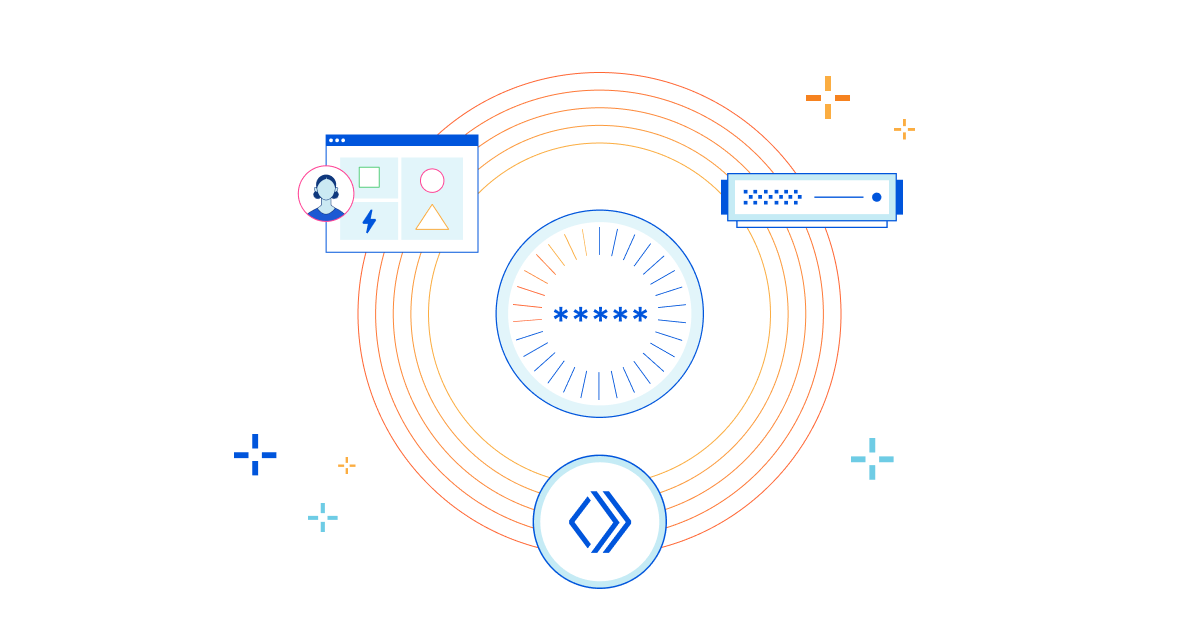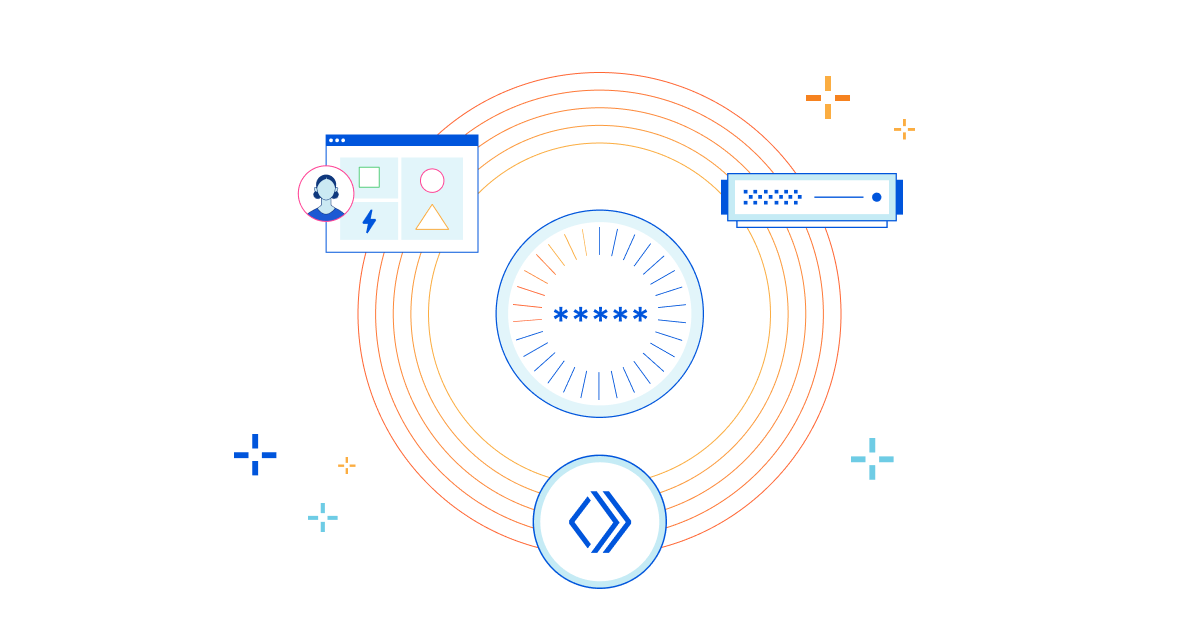0

At the Virtual Summit on Community Networks in Africa over 200 local connectivity network operators learn better ways to bring affordable and reliable connectivity to underserved communities.
Every year since 2016, community network operators, allies, partners, policymakers, and regulators in the region gather for the Summit on Community Networks in Africa. The gathering enables them to learn, share experiences, collaborate, and find solutions to connect the unconnected.
Last year’s summit was held in Dodoma, Tanzania under the theme Towards Resilient Community Networks. Fantsuam Foundation, one of the oldest community networks in Africa, who after building a vast network lost everything due to sectarian violence, inspired this theme.
This year’s event built on 2019’s theme but focused on navigating new challenges community networks faced in 2020 as they grappled with the impact of the COVID-19 pandemic.
Although the global pandemic prevented a physical gathering for the community networks, it presented an opportunity to reimagine the summit and find ways to promote collaboration, engagement, and learning among community network operators as well as the supporting ecosystem.
During the pandemic, access to the Internet has become a lifeline with day-to-day activities shifting online and responses to curb the spread of the virus with Continue reading








